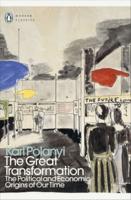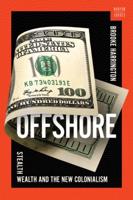Publisher's Synopsis
Organizations and businesses today are faced with increased demands to become leaner, less hierarchical and more adaptive. These demands are the result of global competition and rapid technological change. Many organizations have responded by corporate restructuring and downsizing, often "outsourcing" many functions originally assigned to permanent employees. How do workers fare in this competitive and uncertain environment? How was the psychological contract between worker and employer changed? How can companies minimize the human impact of downsizing while remaining competitive? And how can the workforce that remains be motivated to perform well? These are some of the questions addressed by the contributors to this volume.;"The New Organizational Reality" is divided into three sections. The first portrays the new organizational landscape and assesses the economic and human implications of the new work environment. Part II presents case studies from both the private and public sectors showing how organizations such as AT&T, Chapparal Steel, and the US Government Office of Personnel Management have successfully managed restructuring. Finally, Part III discusses principles and practices that enable managers and human resource staff to revitalize companies affected by restructuring. This cross-disciplinary book should be of interest both to industrial/organizational psychologists and to company managers and human resource personnel.










